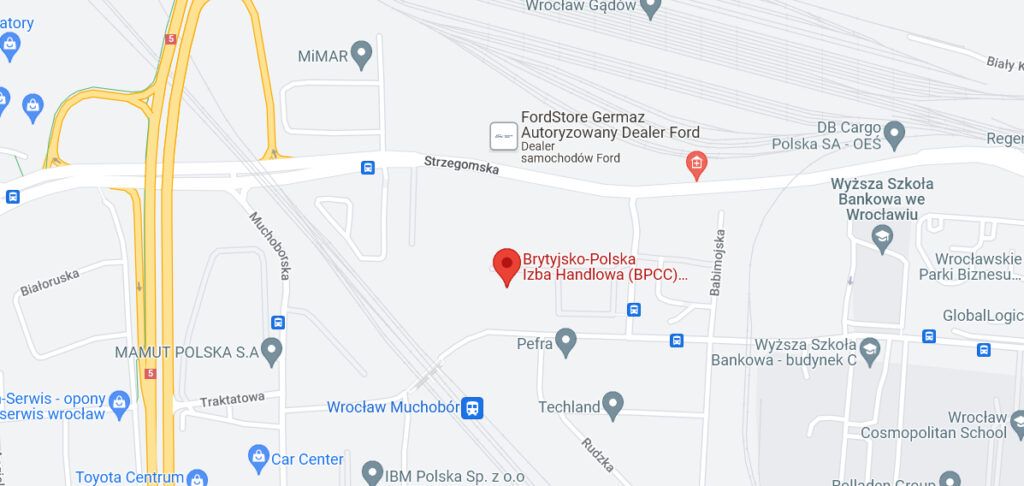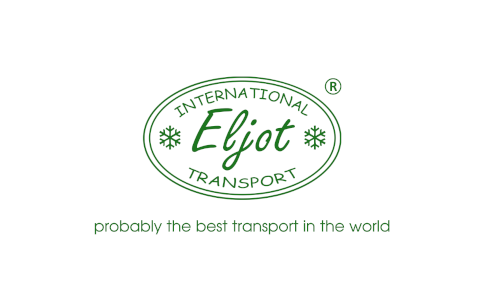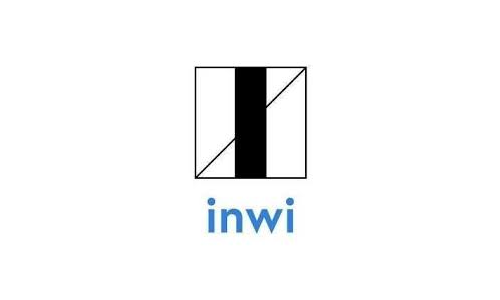The digitalisation of construction is usually identified with Building Information Modelling (BIM), which is a consequence of the successful evangelisation by preachers of BIM technology. Construction is a series of processes of information exchange between people who often have nothing or very little to do with the description of the building. Although the information processed by these people is a derivative of information about the building, these people do not care where it came from.
We can assume that most of the information processed by construction industry companies comes from building definition documentation – the design. In this situation, BIM is the beginning of the information process. It organises the development description into structured data. Thus, by providing information about an object in the form of data, BIM can be – but does not have to – be a data source for all kinds of digital information processes. Unfortunately, this is rarely the case. Why?
There are many reasons, but let’’s focus on the most important ones. First, the fragmentation of the industry and the individual nature of each project. We have no influence on the fragmentation. On the other hand, BIM was supposed to be a solution to the challenge of building a prototype every time. Building a model allows us to test it before the implementation costs are incurred. Not every investment is carried out using BIM. BIM requires that, the participants agree each time on the course of the information process, data exchange formats, etc. In consequence it is difficult to digitise processes that relies on data derived from BIM models that are compiled in different enterprise contexts. For example, it is practically impossible to automatically get the total cumulative volume of reinforced concrete structure, when each model is built using different rules. So, are we doomed to further misery and ineffectiveness of information transmission and reporting (basic industry processes)?
Not necessarily. Project information, whether with or without BIM, is still in the process. Whether in the form of an extract from drawings made by a construction engineer, a statement in a spreadsheet file provided by the designer, or a daily report on the number of reinforced concrete elements poured on a given day. Tracing the sources, circulation and demand for information in the enterprise enables the creation of a digital model of its circulation. We are able to aggregate information to the data structure without a BIM source. Data is a good asset for further processing and automation of workflow, reporting, etc. Optimising and automating the flow of information, either within the company or between the project participants (for example, between general contractor and investor), relieves engineers and allow them to focus on really important things. They may spend more time on, coordinating and supervising the quality of work.
At the same time, it is obvious that large companies have more funds to implement systems that facilitate and automate work with information. It is also no secret in the industry that the implemented solutions are often criticised by their users. At the same time there are many solutions and tools that enable digitisation of smaller or larger sections of the investment process according to the users’’ needs, and these are the solutions we will devote the most attention to.
BIM technology or methodology is not a prerequisite for the digital transformation of construction companies. Information about the model, or rather the data in the model, is only a part of the data that is created or collected during the investment process. We are convinced that the use of other information management tools will increase the efficiency of investment processes, even for 2D projects.
The authors represent two of the four co-founders of Digital Construction Navigator, the online community that aims in broad discussion on construction digitisation, information management and general efficiency improvement. Our goal is to show the possibilities and ways of using both accessible and complex solutions to improve everyday work with information of all kinds (files, databases, models etc.). Sometimes these suggestions are not obvious and require a new view of the process. Sometimes these will be specific tips on how to go about digitising processes and what to watch out for in order to avoid discouragement and the feeling of wasted time and money. At other times, it may be proposals for a different organisation of the entire process in order to increase its effectiveness by changing the way of cooperation, or a set of rebellious statements that may inspire discussion and personal research.
We hope to inspire the construction and development community to take a new look at the opportunities offered by technologies and IT tools today.
We invite you to discuss with us – and yourself – the ultimate goal, which is to increase the efficiency of the construction industry at every stage, regardless of the technology used. The discussions of the community members take place in the Discord Server. Feel free to join.




























